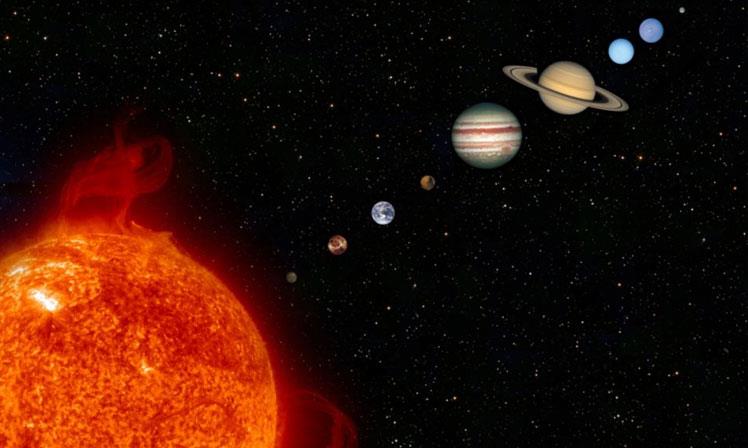
Superhighway In Space: Spacecraft Can Use These Routes To Travel Faster, But So Can Meteors
14-December-2020
It turns out, our solar system also has a network of routes that would allow spacecraft and probes to travel much faster than they otherwise would. These are linked to the gravitational forces at work and are known as �celestial autobahn or �celestial highway. Researchers say that these routes could be used by spacecraft to travel the far reaches of the planetary system faster than otherwise which means they�ll take less time, and also to monitor and understand how near-Earth objects may collide with the planet. This study comes as part of a paper published in an issue of Sciences Advances.
While we have generally characterized the distances and time travel in space in hundreds of years, hundreds of thousands or millions of years, the discovery of these new superhighways adds several decades into the same mix. �Researchers observed the dynamical structure of these routes, forming a connected series of arches inside what�s known as space manifolds that extend from the asteroid belt to Uranus and beyond,� says the study. This newly discovered "�celestial autobahn," or �celestial highway, acts over several decades, as opposed to the hundreds of thousands or millions of years that usually characterize Solar System dynamics, it adds.
Researchers say that these arch-like structures are linked to Jupiter and the strong gravitational forces that it exerts in space. Jupiter�s comets, some having orbital periods of 20 years, as well as smaller sized bodies known as Centaurs, are controlled by these forces. Some of them end up colliding with Jupiter, some don�t and may instead be ejected from the solar system due to the forces exerted.
The research team includes Aaron J. Rosengren from the Mechanical and Aerospace Engineering at UC San Diego, Natasha Todorovic from the Belgrade Astronomical Observatory in Belgrade in Serbia and Di Wu from the Aerospace and Mechanical Engineering at The University of Arizona. The researchers say that further study is needed to understand how these could be used by spacecraft and probes sent in space, and how these will react to the gravitational forces of Earth, which will determine controlling incoming asteroids and meteors.
Leave a comment: (Your email will not be published)